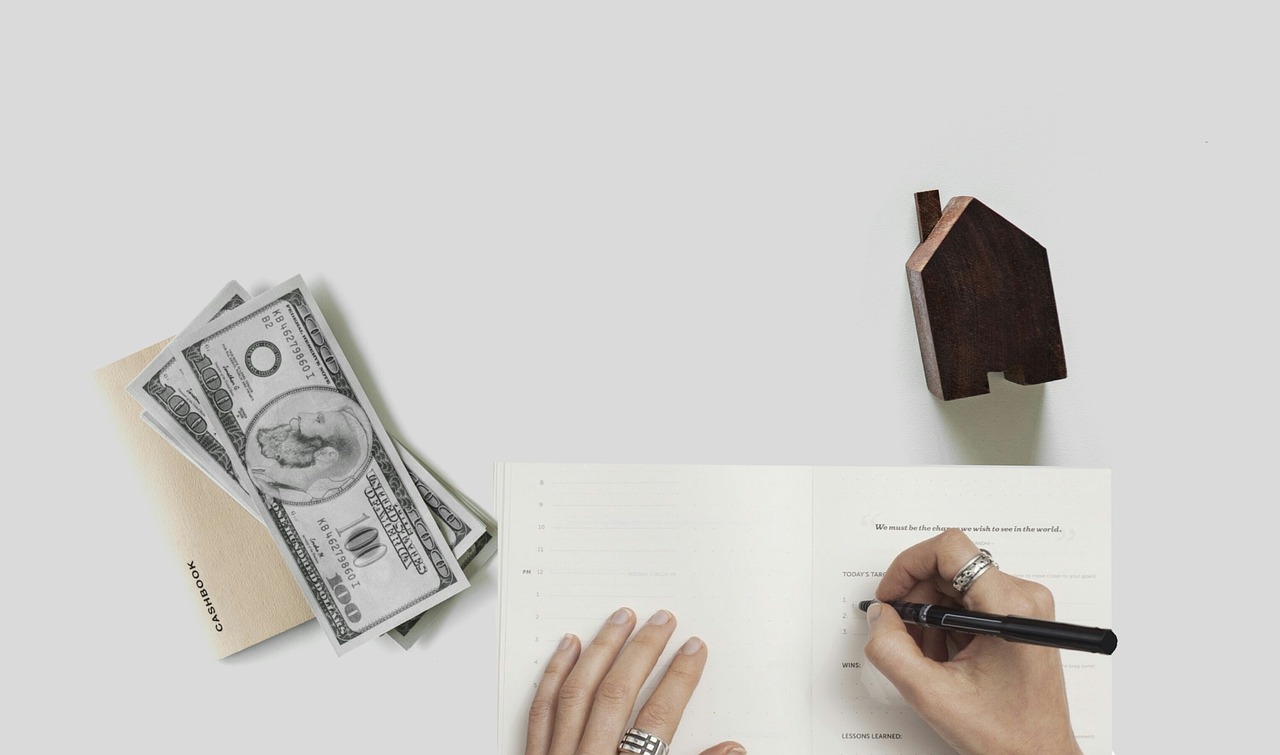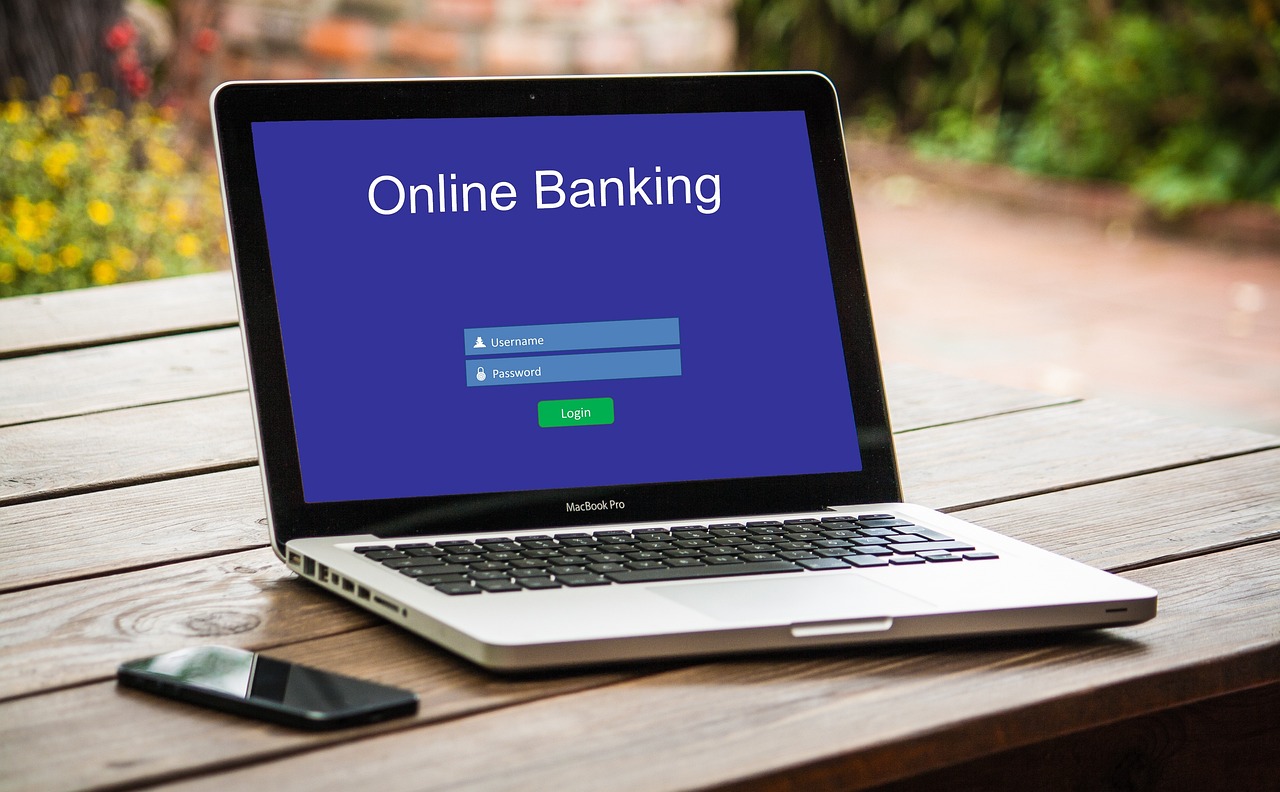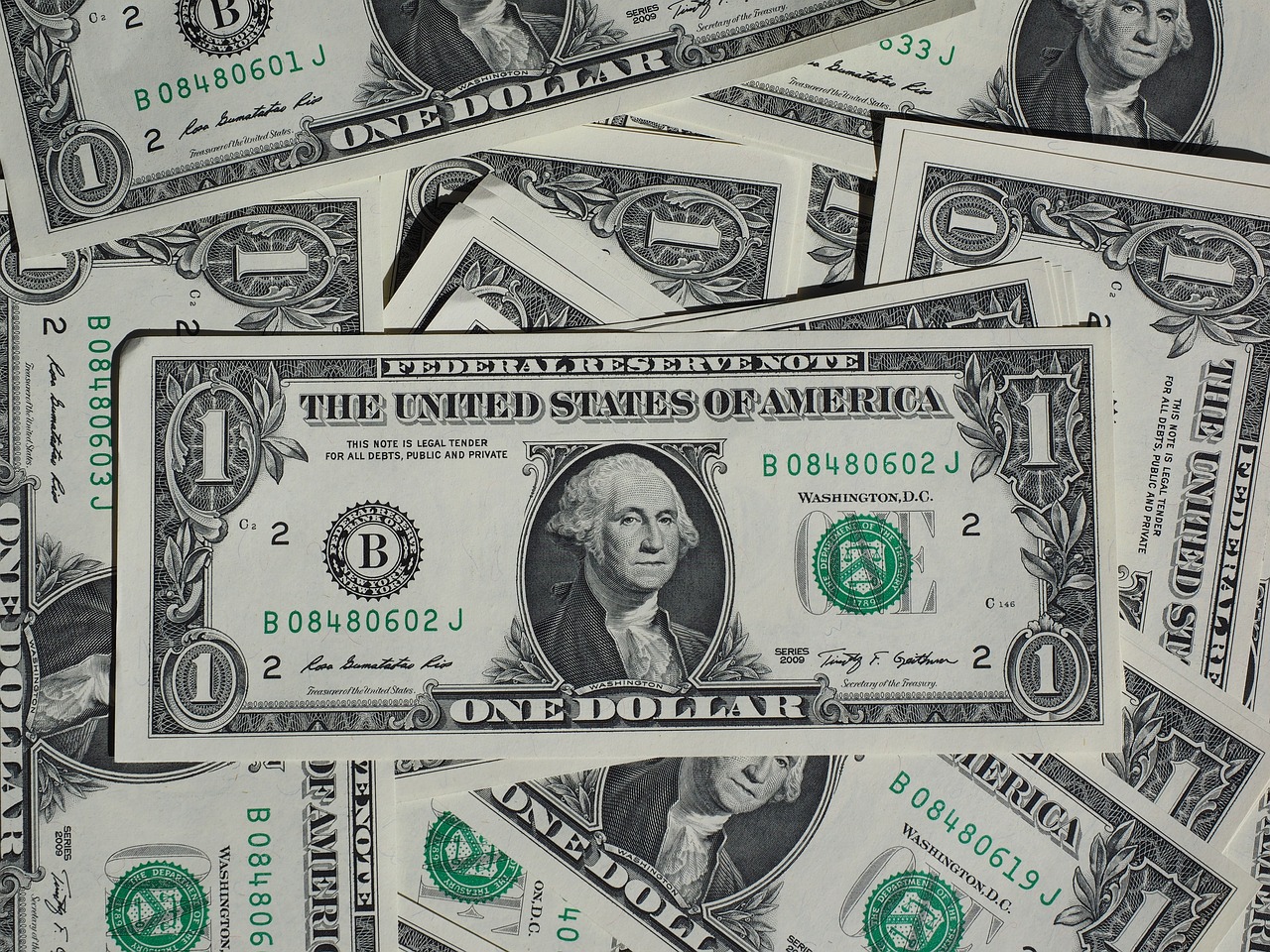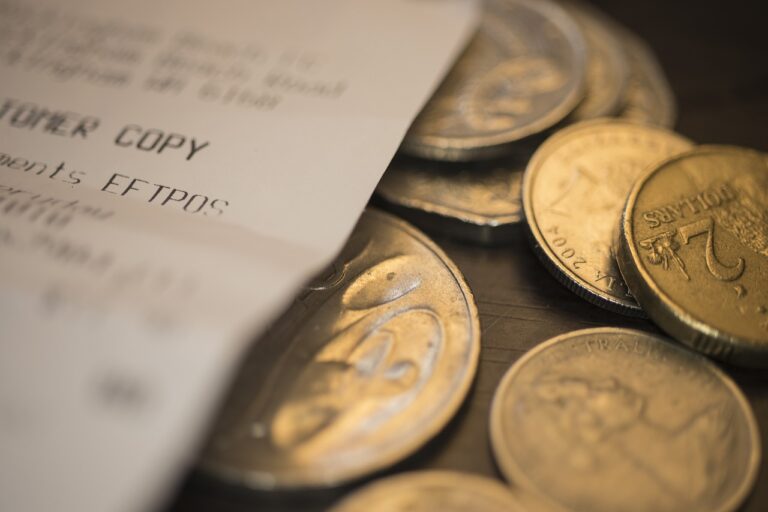Financial security is a must in the current world and an emergency fund is a form of financial safety net for the unforeseen. Whether it is a lay off from work, a medical emergency, need to repair your home or you are stuck with a broken down car, having some money can prevent stress and the tendency to incur debt.
However, there are many people who face the problem of how to set the amount of money that should be saved, and how to create an emergency fund quickly. This article aims to explain why you need emergency funds, how much you should save depending on your status, and how to create and sustain a good financial safety net.
The Need of an Emergency Funds
Most financial problems are not due to people’s low income but people’s inability to meet unexpected expenses without savings. An emergency fund helps in several key ways:
- Avoids debt accumulation – People without savings turn to credit cards or loans that cause high-interest debt.
- Reduces financial stress – You will be able to deal with emergencies more easily if you know that you have some backup funds.
- Enhances financial independence – You do not have to turn to your family, friends, or payday loans when faced with a crisis.
- Safeguards investments and retirement funds – Due to the absence of emergency funds, some people are compelled to withdraw from their retirement accounts, which results in long-term financial damages.
- For job loss or lowered income – This can be extremely devastating without a financial safety net.
A well-planned emergency fund helps you to be always financially ready for whatever may come in life.
How Much Should You Save? How Much is the Right Amount?
The size of the emergency fund that is required depends on the income, the lifestyle, the expenses that are made on a monthly basis and the job security. Here’s a general guideline:
1. Basic Emergency Fund (For Beginners)
Financial experts advise starting off with: $500 to $1,000 for unexpected, small scale disasters (for instance, car breakdowns, medical expenses, broken appliances). This amount helps in avoiding the immediate financial problems but is not enough for long term stability.

2. Recommended Emergency Fund (For a Stable Income Level)
According to the financial planners, save between three to six months’ worth of essential spending. This entails; Rent or mortgage payments Utilities (electricity, water, internet) Groceries Insurance premiums Transportation costs Debt payments For instance, if you have basic expenses of $2,500 each month, then you should aim to save between $7,500 to $15,000. This range is good for: Those with steady jobs and stable sources of income. Those with low levels of debt and few responsibilities.
3. Large Emergency Fund For High Risk Situations
However, Some Individuals Should Save More Than Six Months of Expenses; The following people should save more than six months of expenses: The self-employed, freelancers and other workers who do not have a fixed salary. Families that depend on one source of income. People working in industries which have high rates of lay offs. Those with pre-existing medical conditions that need constant treatment.
In these cases, 9 to 12 months’ worth of expenses is a safer target. For instance, if you have $3,000 in monthly expenses, a 9-month emergency fund would cost $27,000. The amount of money that one should save depends on the individual’s financial situation but having at least three to six month’s worth of essential spendings is a good safety net.
How to Effortlessly Create an Emergency Fund
People are generally bad at saving money but this means that one can build up an emergency fund with some tips.
1. Determine Monthly Saving Goal
The best way to create an emergency fund is to make it a monthly expense. Save 10%-20% of your income for emergencies. If that’s impossible, begin with $25, $50, or $100 per month. This is because, over time, a small amount of savings becomes a habit.
2. Save Automatically
Have your bank move the money from your checking account to a savings account directly. This helps to avoid the situation where the money is spent or used for another purpose.
3. Minimize the Superfluous Spending
Find out and eliminate the wasteful spending: Cancel subscriptions or memberships that are not used. Eat out less and cook at home. Do not buy things that you don’t need and learn to monitor the money that is being spent. These savings can then be used to boost the emergency fund.
4. The Correct Use of Windfalls
Whenever you get a bonus, tax return, or any other form of income, some of it should be saved. It is better to use the extra money to build a financial safety net than to spend it.
5. Do Not Mix Your Emergency Fund
Open a separate savings account for your emergency fund. This is to ensure that the money is not spent for other purposes as is the case with daily accounts.
6. Quick Growth With Cash Windfalls
When you get a year end bonus, inheritance, or stimulus check, it is recommended to use the first 50 or even 60% for your emergency fund. This way helps to boost the savings rate.
Where to Put Your Emergency Money?
Where to Put Your Money: The Best and Worst of It. The best place for an emergency fund is:
- High-Yield Savings Accounts – Provides better interest rates than regular savings accounts.
- Money Market Accounts – A safe option with higher interest rates and easy access.
- Certificates of Deposit (CDs) (Partial Savings) – Locks money for a set period but offers higher returns.

Do not use: For emergency savings, do not use:
- Stocks or risk based investments – Because stock values fluctuate and your money will not be available when you need it.
- Checking accounts – Because money is easily spent.
When to Use Your Emergency Fund?
An emergency fund should only be used for genuine financial emergencies for instance;
- Job loss or pay cuts.
- Medical emergencies.
- Car or home repairs (unexpected and essential).
- Urgent travel for family emergencies.
It should not be used for:
- On vacations, shopping, or luxury items.
- Non-essential home upgrades. Investments or risky financial decisions.
Once an emergency fund is used, it’s important to refill it as soon as possible.
Common Mistakes to Avoid
In the process of preparing for the unexpected through the building of an emergency fund, there are several common mistakes that should be avoided in order to be financially secure. The biggest mistake that people make is not saving enough for the surprises that are always round the corner; most people do not think that they need to save much. This is because, without enough savings, even small risks can become a financial problem. Another mistake is to put the money in the wrong investment. Some people put their emergency money in high-risk investments, which means that they may lose the money when they need it most during a market crash.
Furthermore, using the fund for purposes other than emergencies is another big mistake. Many people are likely to use their savings for other purposes like on vacations, shopping or any other unnecessary spending thus depleting the fund before a real emergency comes in. Lastly, there is the problem of timing, which can be quite dangerous. Most people delay the initiation of the emergency fund because they think that they will start when they have more disposable income. However, the best way is to begin the saving now and then, add more amount as time goes by, so as to achieve financial stability.
An emergency fund is one of the best ways to achieve financial stability. It guards against unforeseen financial losses, keeps you from incurring debt and offers emotional comfort. This doesn’t have to be 3–6 months’ worth of income, but it can be. It means setting a monthly savings goal and making sure the money is in the right place. It’s important to start as so soon as you can, be consistent, and save money is a goal. It is the combination of being prepared and knowing that no matter what happens you will be able to weather the storm financially.


